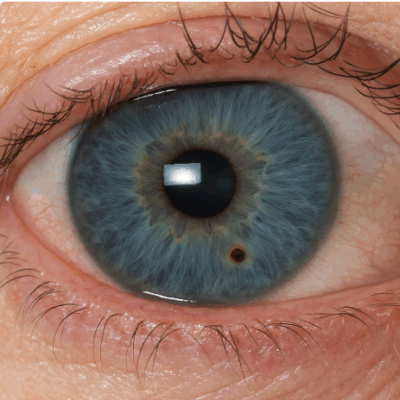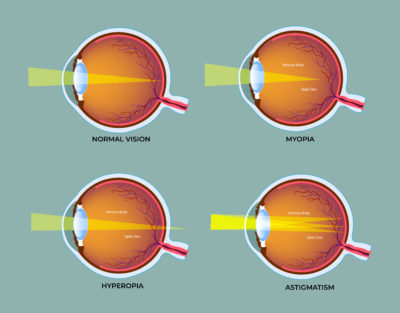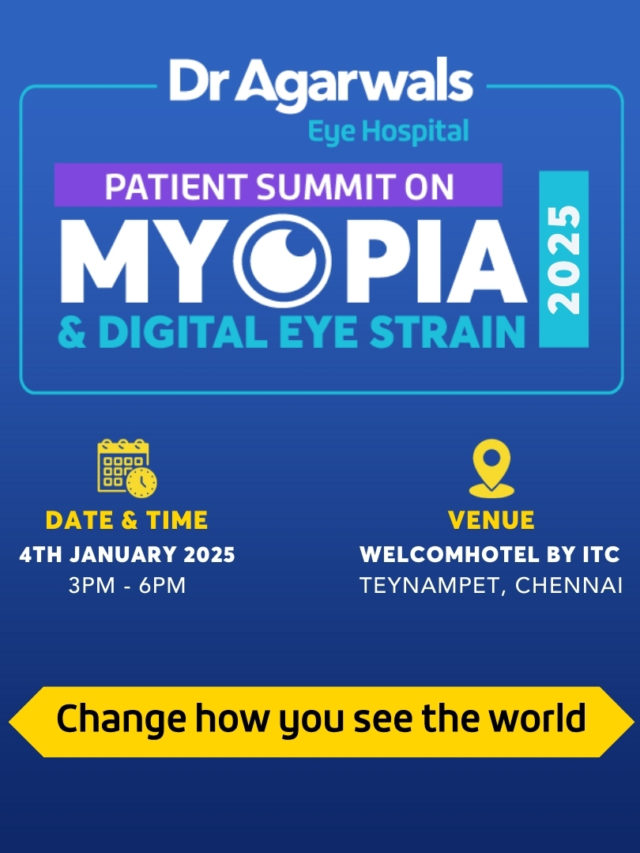The yellowing of the eyes, known as scleral icterus, is one of the most visible indicators of an underlying health problem. It occurs when there is an abnormal buildup of bilirubin, a yellow pigment produced during the breakdown of red blood cells.
In healthy individuals, bilirubin is processed by the liver and eliminated through bile. When this process is disrupted, bilirubin accumulates in the blood, turning the whites of the eyes yellow.
Clinically, scleral icterus usually appears when bilirubin levels exceed 3 mg/dL and may signal a more serious medical condition. Understanding the causes, symptoms, treatment, and prevention of this condition is crucial for early detection and effective care.
What Is Scleral Icterus and How Does It Differ From Jaundice?
Scleral icterus refers specifically to the yellow discolouration of the sclera (the white part of the eyes) due to raised bilirubin. Jaundice, on the other hand, is a broader condition describing the yellowing of both the eyes and skin.
While jaundice may involve the entire body, scleral icterus is often the first visible sign of elevated bilirubin. In adults, yellowing of the eyes is detectable once bilirubin crosses 3 mg/dL, and levels above 15 mg/dL typically indicate severe disease requiring urgent evaluation.
Why Do Your Eyes Turn Yellow? Common Causes of Scleral Icterus
The primary reason for scleral icterus is increased bilirubin in the blood, either because the liver cannot process it effectively or because bile flow is obstructed. Below are the common scleral icterus causes.
Liver‑Related Causes (Alcohol Damage, Hepatitis & Cirrhosis)
Liver disease is one of the most common reasons for yellow eyes. Excessive alcohol intake can damage liver tissue, while autoimmune hepatitis and cirrhosis impair the organ’s ability to filter bilirubin. Viral hepatitis, drug-induced liver damage, and certain parasitic infections also contribute to bilirubin accumulation.
Gallbladder, Bile Duct & Pancreatic Issues (Gallstones, Tumours)
Obstruction of bile flow is another major cause of scleral icterus. Gallstones, gallbladder infections, or strictures in the bile ducts prevent bilirubin excretion. Pancreatic cancers and bile duct tumours can also block bile flow, leading to yellowing of the eyes.
Genetic & Blood‑Related Causes (Gilbert’s Syndrome, Hemolysis)
Inherited disorders such as Gilbert’s syndrome or Crigler-Najjar syndrome interfere with bilirubin metabolism. Similarly, excessive breakdown of red blood cells (haemolysis) overwhelms the liver’s processing ability, leading to elevated bilirubin and scleral icterus.
Infant Causes: Physiologic & Breast‑Milk Jaundice
In newborns, scleral icterus is commonly caused by physiologic jaundice due to immature livers and shorter red blood cell lifespans. Some infants develop breast-milk jaundice or jaundice due to poor feeding, both of which raise bilirubin levels temporarily.
Other Factors (Autoimmune Conditions, Hyperthyroidism & Infections)
Additional contributors include autoimmune diseases, congestive heart failure, and hyperthyroidism. Infections such as leptospirosis, malaria, and other systemic illnesses may also trigger bilirubin build-up and cause yellowing of the sclera.
Recognising Scleral Icterus: Symptoms & Diagnosis
The most obvious symptom is the yellow discolouration of the sclera, often visible before jaundice appears on the skin. Scleral icterus bilirubin level generally needs to exceed 3 mg/dL for yellowing to be noticeable.
Other accompanying symptoms may include fatigue, nausea, vomiting, abdominal pain, dark urine, or pale stools. Severe cases present with fluid retention, fever, dizziness, or confusion, which signal urgent medical care. Diagnosis usually involves a physical examination, liver function tests, ultrasound, and sometimes advanced imaging or biopsy to identify the underlying cause.
How Doctors Treat Scleral Icterus and Its Underlying Causes
Scleral icterus treatment always targets the underlying condition, as the yellowing itself is a symptom, not a disease.
Treating Liver & Bile Duct Disorders
Hepatitis may be managed with antiviral or immunosuppressive medication, while cirrhosis requires long-term monitoring and lifestyle modification. Gallstones or bile duct obstructions often need surgical intervention or endoscopic procedures to restore bile flow.
Managing Infant Jaundice
Most newborn jaundice resolves naturally. However, persistent high bilirubin may require phototherapy, where light breaks down excess bilirubin in the skin. Feeding support is also essential, ensuring the infant is adequately hydrated and nourished to reduce bilirubin build-up.
Addressing Complications (Kernicterus & Hepatic Encephalopathy)
If untreated, severe bilirubin elevation can cause kernicterus in infants, leading to irreversible brain damage. In adults, very high bilirubin levels can result in hepatic encephalopathy, a condition that affects brain function. These complications are medical emergencies requiring immediate hospital care.
Can You Prevent Scleral Icterus? Tips for a Healthy Liver
While not all cases are preventable, healthy lifestyle choices can significantly reduce risk. Limiting alcohol intake, maintaining a balanced diet, and avoiding excessive acetaminophen use protect the liver. Vaccination against hepatitis A and B is an effective preventive step.
Other prevention tips include consulting a doctor before taking herbal supplements, managing chronic conditions such as diabetes, and undergoing regular physical examinations with liver function tests. Early detection helps prevent complications from progressing to scleral icterus.
When to See a Doctor for Scleral Icterus?
Seek medical care promptly if you notice yellowing of the eyes. Even mild discolouration can signal an underlying disorder that requires attention. Symptoms such as severe abdominal pain, vomiting, fever, unexplained weight loss, or mental confusion should be treated as emergencies.
A paediatrician must evaluate infants showing persistent jaundice beyond two weeks of life to rule out serious causes. Adults with risk factors like heavy alcohol use or hepatitis exposure should undergo regular check-ups.
Conclusion
Scleral icterus, or yellowing of the eyes, is not a disease on its own but an important sign of raised bilirubin and possible underlying liver, gallbladder, or blood disorders. It can appear at relatively low bilirubin levels, making it a critical early warning signal.
Recognising scleral icterus causes, seeking timely diagnosis, and following appropriate scleral icterus treatment are essential for protecting long-term health. With preventive habits such as moderation in alcohol, vaccinations, safe medication use, and regular medical check-ups, many cases can be avoided.
If you notice yellow eyes, consult a healthcare provider immediately for accurate evaluation and management.










